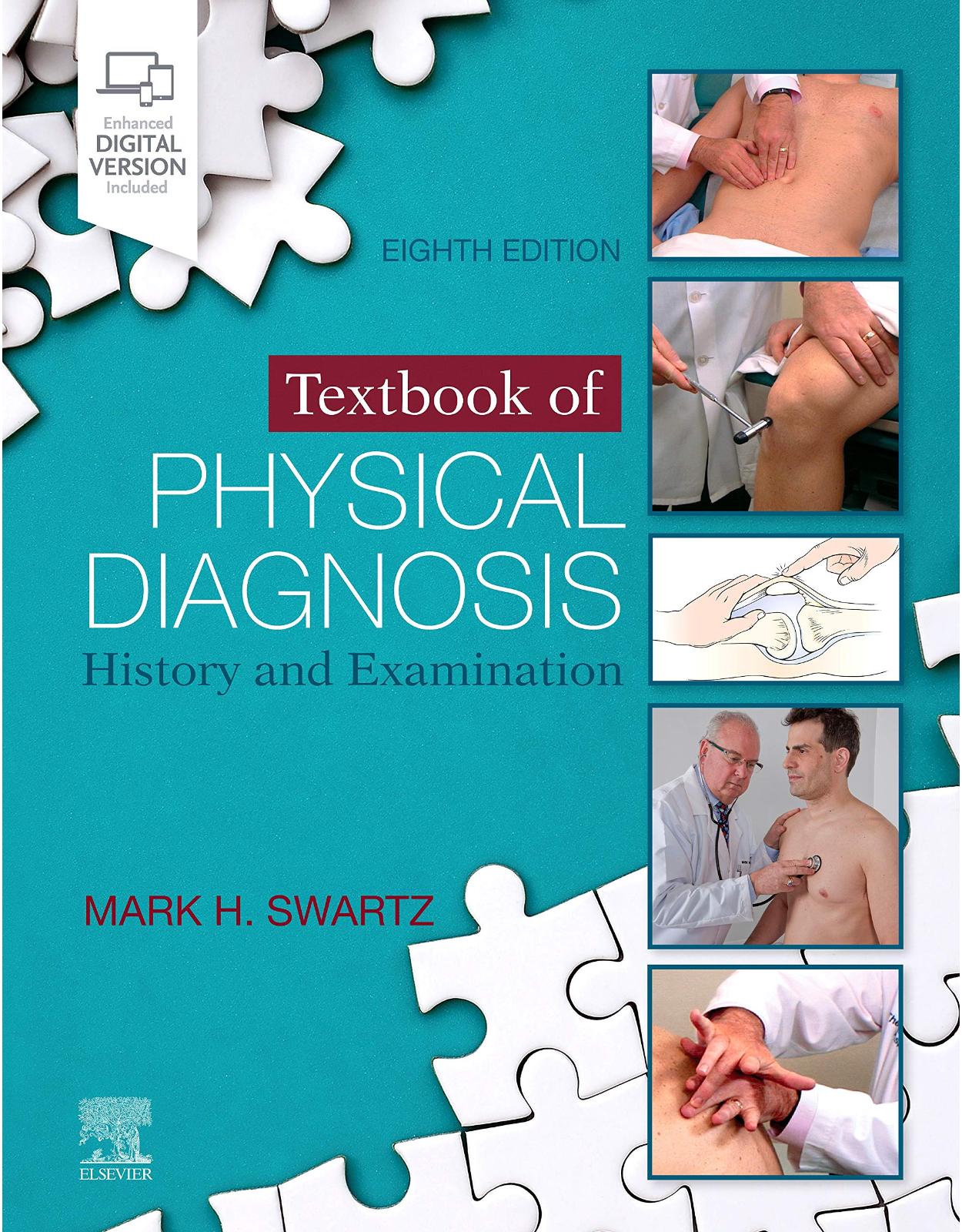
Textbook of Physical Diagnosis: History and Examination
Produs indisponibil momentan. Pentru comenzi va rugam trimiteti mail la adresa depozit2@prior.ro sau contactati-ne la numarul de telefon 021 210 89 28 Vedeti mai jos alte produse similare disponibile.
Disponibilitate: Acest produs nu este momentan in stoc
Autor: Mark H. Swartz
Editura: Elsevier
Limba: Engleza
Nr. pagini: 704
Coperta: Hardcover
Dimensiuni: 22.86 x 3.18 x 28.58 cm
An aparitie: 15 May 2020
Description:
Mastering each aspect of the patient interview and physical exam is fundamental to medical education, resulting in more accurate diagnostic skills, more effective patient management, and better patient outcomes! Dr. Swartz’s Textbook of Physical Diagnosis is a highly respected reference in this critical area, offering a compassionate, humanistic approach to the art and science of interviewing and physical examination. From cover to cover, you’ll learn how your interpersonal awareness is just as important in physical diagnosis as your level of skill – and why clinical competence in this area is essential for physicians, nurse practitioners, physician assistants, and all members of the healthcare profession.
Table of Contents:
Section 1 Mastering the Art of Interviewing
1 The Interviewer's Questions
Basic Principles
Using an Interpreter
Important Interviewing Concepts
Symptoms and Signs
Conducting an Interview
Basic Interviewing Techniques
Format of the History
Taking Notes
Concluding Thoughts
Bibliography
2 The Patient's Responses
Responses to Illness
Responses to the Interviewer
Influence of Background and Age on Patient Response
Influence of Disease on Patient Response
Bibliography
3 Understanding Complementary and Alternative Medicine
General Considerations
Classifications of Complementary and Alternative Medicine
Traditional Chinese Medicine
Concluding Thoughts
Bibliography
4 Putting the History Together
Interview of Mr. John Doe
Written History of Mr. John Doe
Section 2 Valuing Diversity: Race, Gender, and Ethnicity
5 Deconstructing Racism and Bias in Clinical Medicine
Introduction
Before the Clinical Encounter (Pre-Visit Preparation)
During the Clinical Encounter
After the Clinical Encounter
Biased Patient Behavior
Conclusion
Acknowledgments
Bibliography
Section 3 Understanding the Science of the Physical Examination
6 The Physical Examination
The Basic Procedures
Preparation for the Examination
Health Care Infection Prevention Practices
Goal of the Physical Examination
Bibliography
7 Assessment of Nutritional Status
Medical History
Physical Examination
Special Populations
Clinicopathologic Correlations
Concluding Thoughts
Bibliography
8 The Skin
General Considerations
Structure and Physiologic Characteristics
Review of Specific Symptoms
Effect of Skin Disease on the Patient
Physical Examination
Description of Lesions
Clinicopathologic Correlations
Bibliography
9 The Head and Neck
General Considerations
Structure and Physiology
Effect of Head and Neck Disease on the Patient
Physical Examination
Clinicopathologic Correlations
Bibliography
10 The Eye
Historical and General Considerations
Structure and Physiology
Review of Specific Symptoms
Effect of Blindness on the Patient
Physical Examination
Clinicopathologic Correlations
Bibliography
11 The Ear and Nose
General Considerations
Structure and Physiology
Review of Specific Symptoms
Effect of Deafness on the Patient
Physical Examination
Clinicopathologic Correlations
Bibliography
12 The Oral Cavity and Pharynx
General Considerations
Structure and Physiologic Characteristics
The Pharynx
The Larynx
Review of Specific Symptoms
Effect of a Voice Disorder on the Patient
Physical Examination
Clinicopathologic Correlations
Bibliography
13 The Chest
General Considerations
Structure and Physiology
Review of Specific Symptoms
Effect of Lung Disease on the Patient
Physical Examination
Clinicopathologic Correlations
Bibliography
14 The Heart
General Considerations
Structure and Physiology
Review of Specific Symptoms
Effect of Cardiac Disease on the Patient
Physical Examination
Clinicopathologic Correlations
Bibliography
15 The Peripheral Vascular System
General Considerations
Structure and Physiology
Review of Specific Symptoms
Effect of Vascular Disease on the Patient
Physical Examination
Clinicopathologic Correlations
Bibliography
16 The Breast
General Considerations
Structure and Physiology
Review of Specific Symptoms
Impact of Breast Disease on the Woman
Physical Examination
The Male Breast
Clinicopathologic Correlations
Bibliography
17 The Abdomen
General Considerations
Structure and Physiology
Review of Specific Symptoms
Impact of Inflammatory Bowel Disease on the Patient
Physical Examination
Bibliography
18 Male Genitalia and Hernias
General Considerations
Structure and Physiologic Characteristics
Review of Specific Symptoms
Impact of Erectile Dysfunction on the Man
Physical Examination
Clinicopathologic Correlations
Bibliography
19 Female Genitalia
General Considerations
Structure and Physiologic Characteristics
The Ob-Gyn History
Review of Specific Symptoms
Effect of Infertility on the Woman
Physical Examination
Preparation for the Examination
Clinicopathologic Correlations
Bibliography
20 The Musculoskeletal System
General Considerations
Structure and Physiology
Review of Specific Symptoms
Effect of Musculoskeletal Disease on the Patient
Physical Examination
Clinicopathologic Correlations
Bibliography
21 The Nervous System
General Considerations
Structure and Physiologic Characteristics
Review of Specific Symptoms
Effect of Chronic Neurologic Disease on the Patient
Physical Examination
Clinicopathologic Correlations
Bibliography
22 Putting the Examination Together
The Techniques
The Written Physical Examination
Bibliography
Section 4 Evaluating Specifi c Patients
23 The Pregnant Patient
General Considerations
Structure and Physiologic Characteristics
Review of Specific Symptoms
Obstetric Risk Assessment
Calculation of Due Date
Effect of Pregnancy on the Patient
Physical Examination
Clinicopathologic Correlations
Bibliography
24 The Pediatric Patient
General Considerations
Pediatric History
Neonatal: Under 1 Month of Age
Infancy: 1 Month to 12 Months
Early Childhood: 1 Year to 4 Years
Middle Childhood: 5 Years to 10 Years
Adolescence: 11 Years to 21 Years
Clinicopathologic Correlations
Sample Write-Up of a Newborn's History and Physical Exam
Bibliography
25 The Geriatric Patient
General Considerations
The Geriatric Assessment
Core Components of a Comprehensive Geriatrics Assessment
Goals of Care and Advance Care Preferences
Structure and Physiologic Characteristics
Basic Principles of Geriatric Medicine
The Geriatric Examination
Clinicopathologic Correlations
Bibliography
26 The Acutely Ill or Injured Patient
Personal Safety
Approach to the Unconscious Patient
Current Cardiopulmonary Resuscitation Guidelines
C-A-B
Cardiopulmonary Resuscitation Survey
Summary of Cardiopulmonary Resuscitation Guidelines for Adults, Children, and Infants
Assessment of the Acutely Ill or Injured Patient
The Pediatric Emergency
Bibliography
Section 5 Putting the Data to Work
27 Precision, Accuracy, and Critical Thinking in Clinical Assessment
Art, Science, and Observation
Diagnostic Reasoning From Signs and Symptoms
Critical Thinking
The Rational Clinical Examination
Bibliography
28 The Clinical Record
Putting the History and Physical Examination Together
Electronic Medical Record
Protecting Patient's Right to Privacy
The Human Dimension
Bibliography
29 The Focused History and Physical Examination
General Considerations
Illustrative Case
Diagnostic Evaluation
Bibliography
Section 6 Analyzing Ethical Issues in Clinical Medicine
30 Clinical Ethics and Professionalism
Introduction
Principlism
Moral Philosophy: Deontology Vs. Utilitarianism
Casuistry
Privacy and Confidentiality
Informed Consent
Decisional Capacity
Advanced Directives
Surrogate Decision Making
Ethical Issues at the End of Life
Ethics Committees and Clinical Ethics Consultation—Where to Find Assistance
Closing Remarks
Bibliography
Appendices
Appendix A Commonly Abused Drugs
Appendix B Signs and Symptoms of Deficiency States
Appendix C Conversion Tables
Appendix D English-to-Spanish Translations Useful in the Medical Setting
Appendix E The Rational Clinical Examination: Additional References
The Rational Clinical Examination: Additional References
Appendix F CDC Recommended Immunization Schedule
Index
| An aparitie | 15 May 2020 |
| Autor | Mark H. Swartz |
| Dimensiuni | 22.86 x 3.18 x 28.58 cm |
| Editura | Elsevier |
| Format | Hardcover |
| ISBN | 9780323672924 |
| Limba | Engleza |
| Nr pag | 704 |
-
1,85900 lei 1,76500 lei

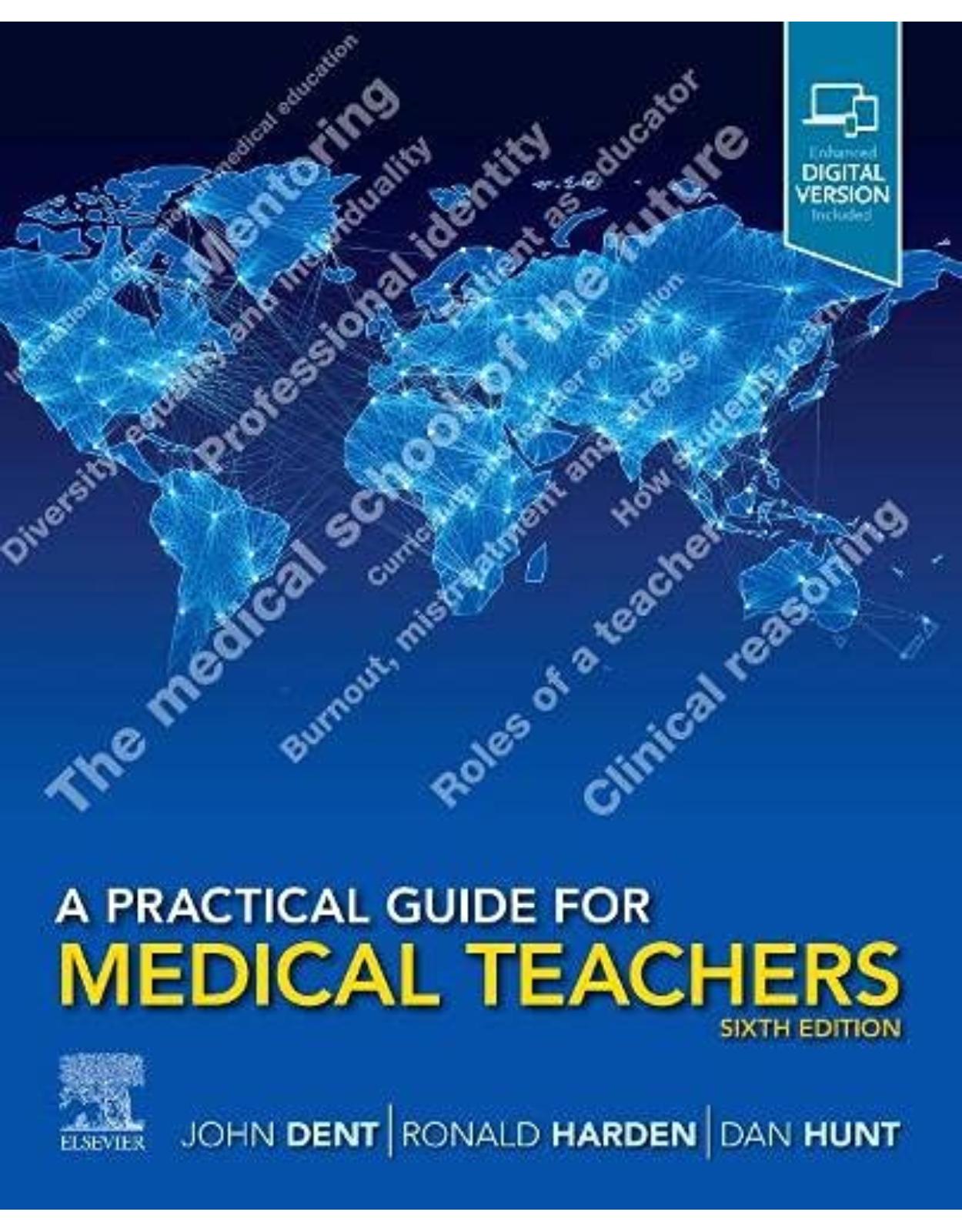
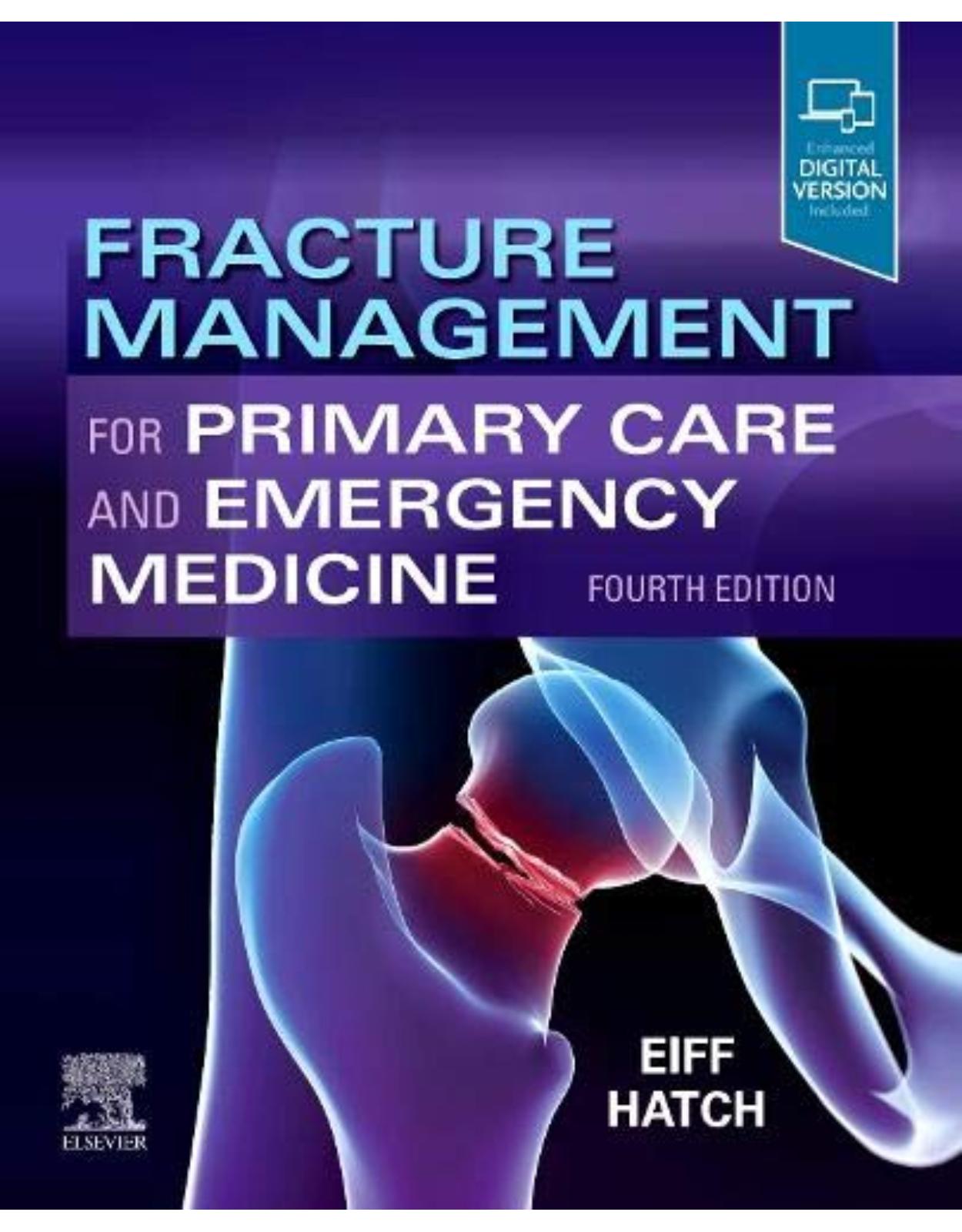
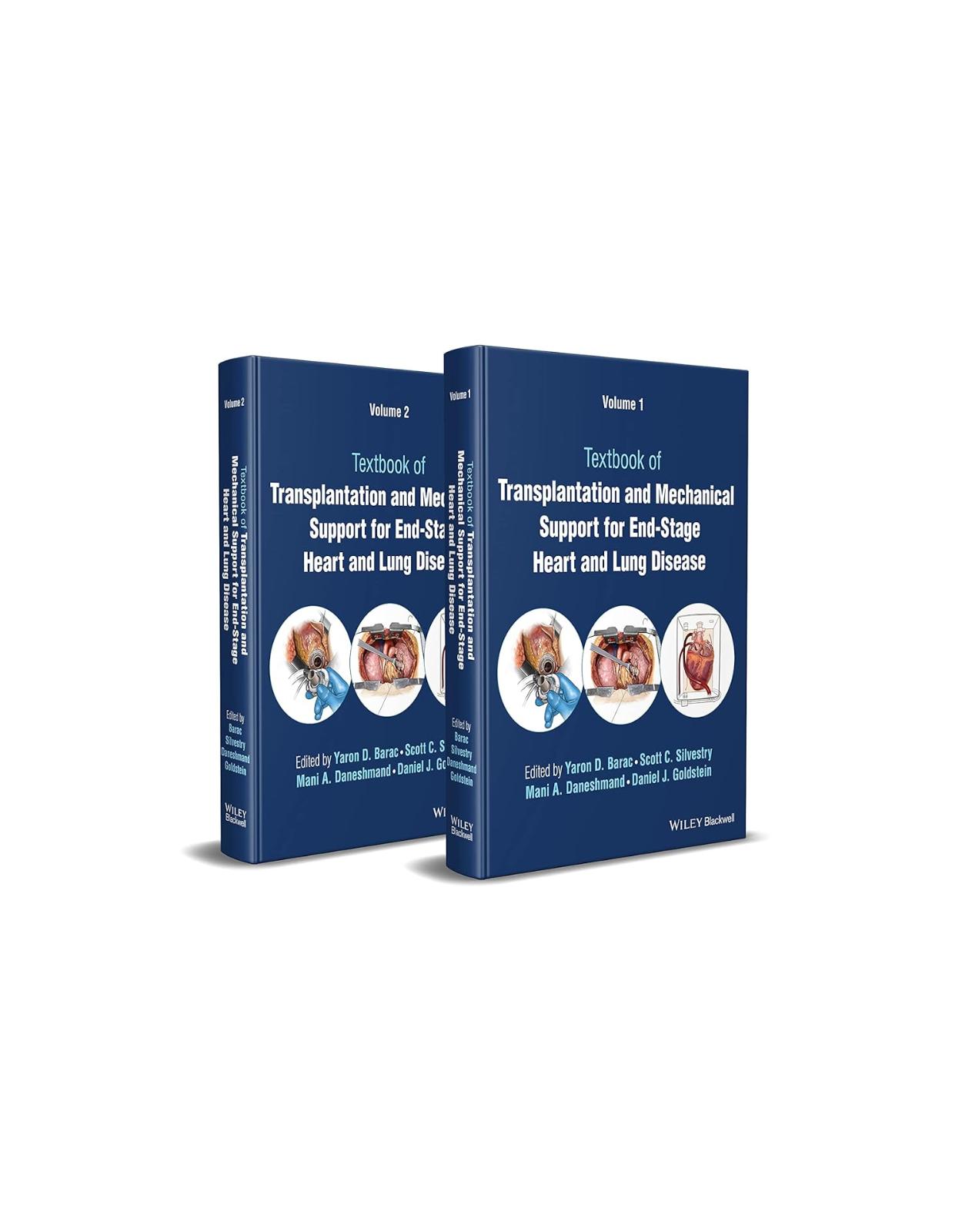
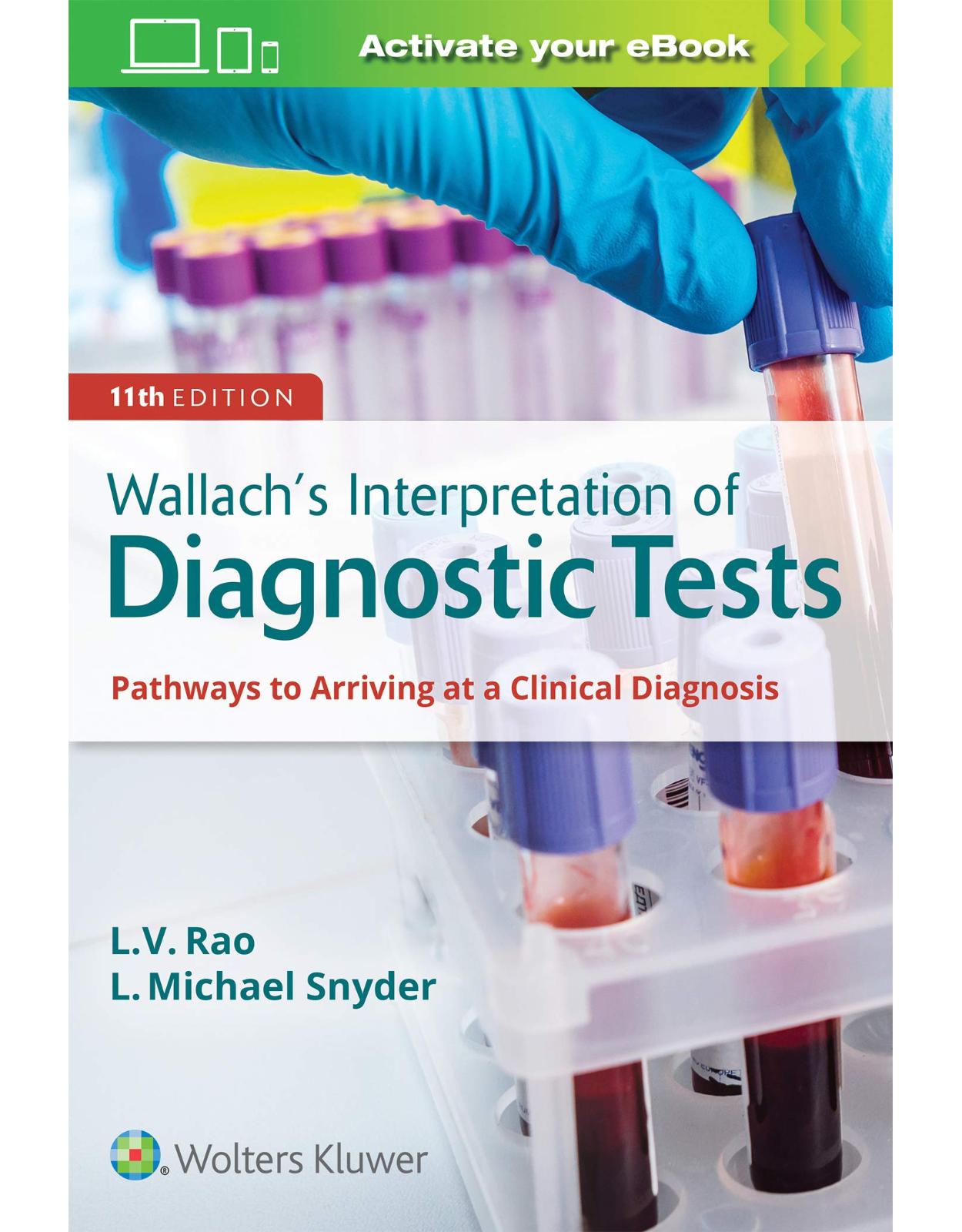
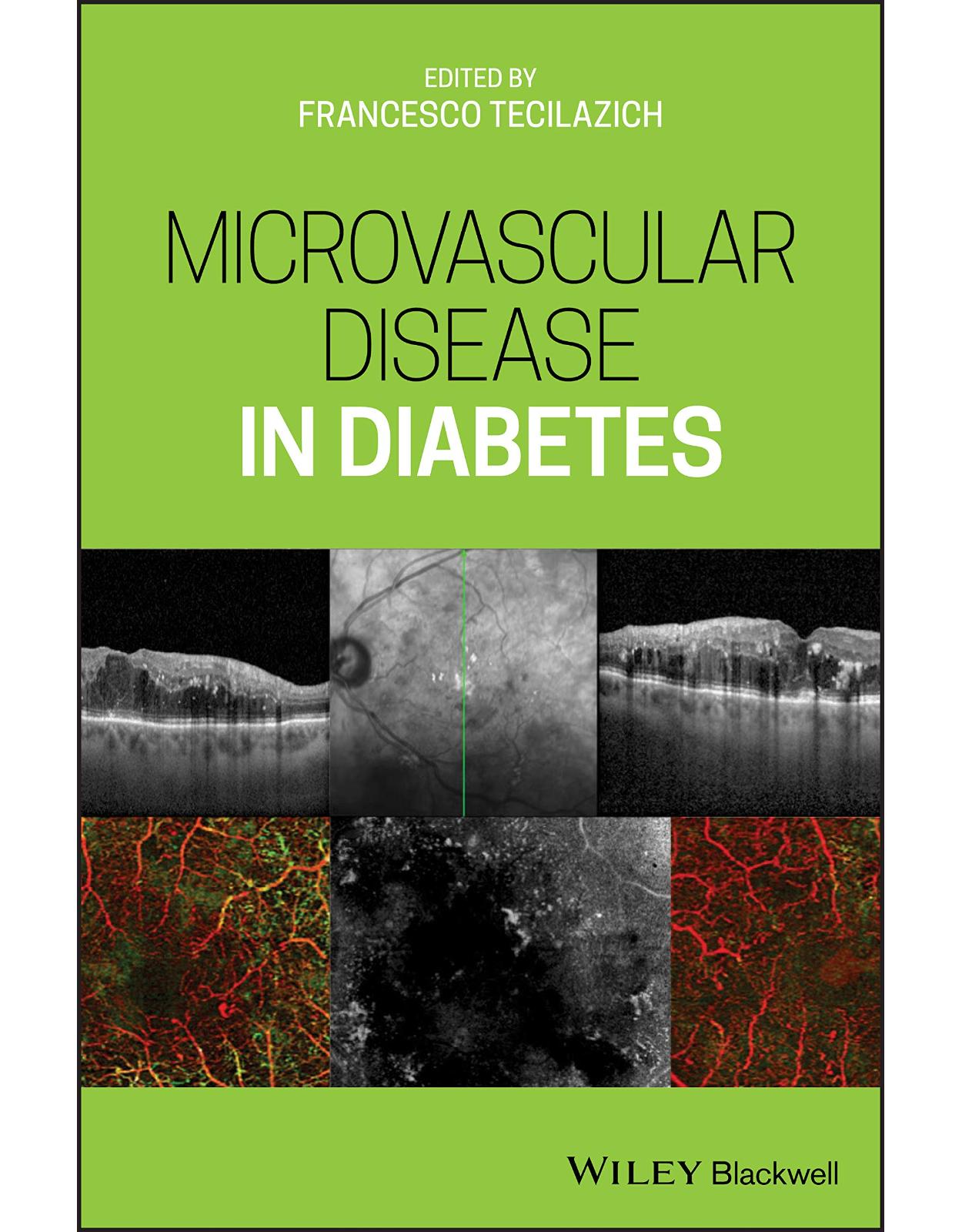
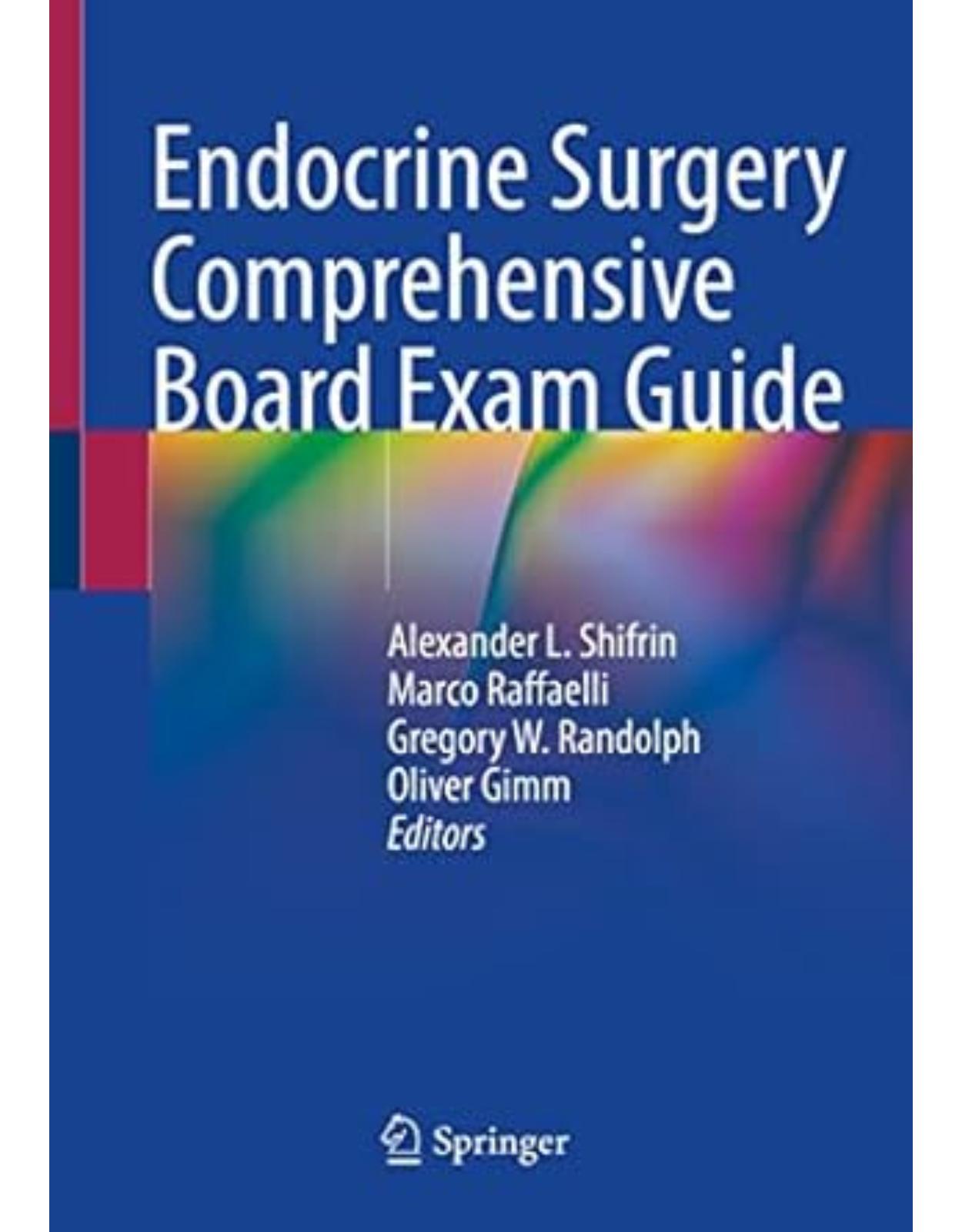
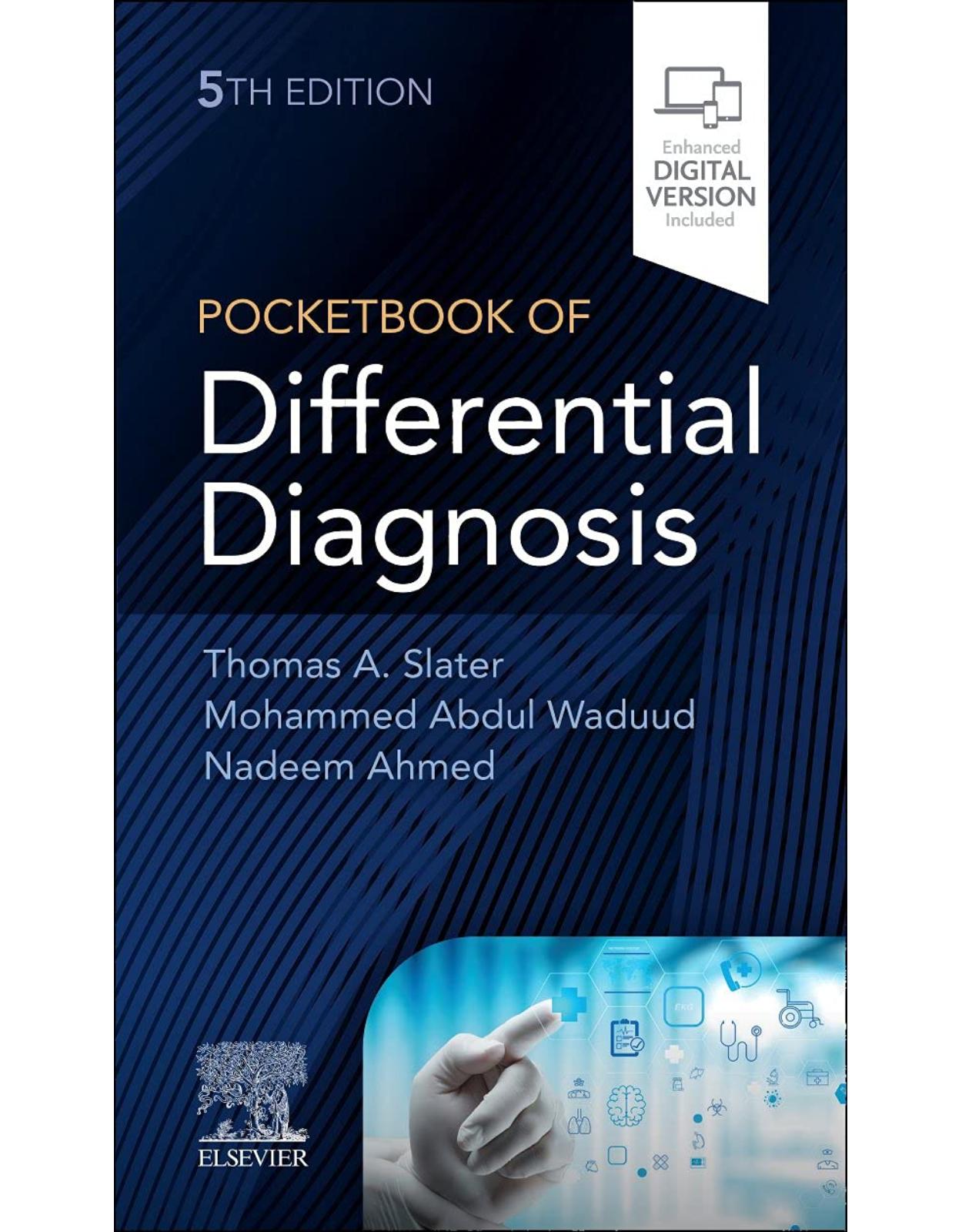
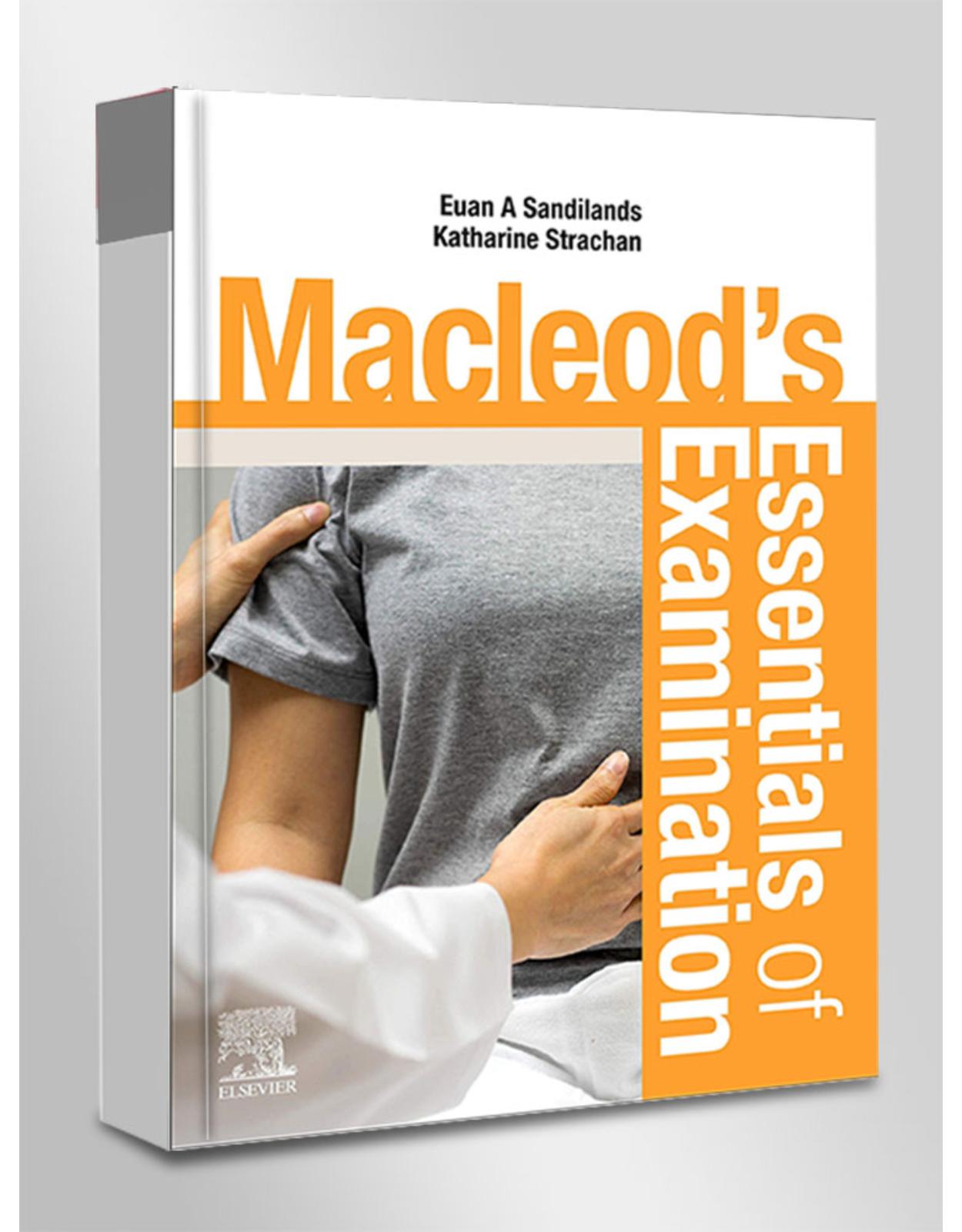
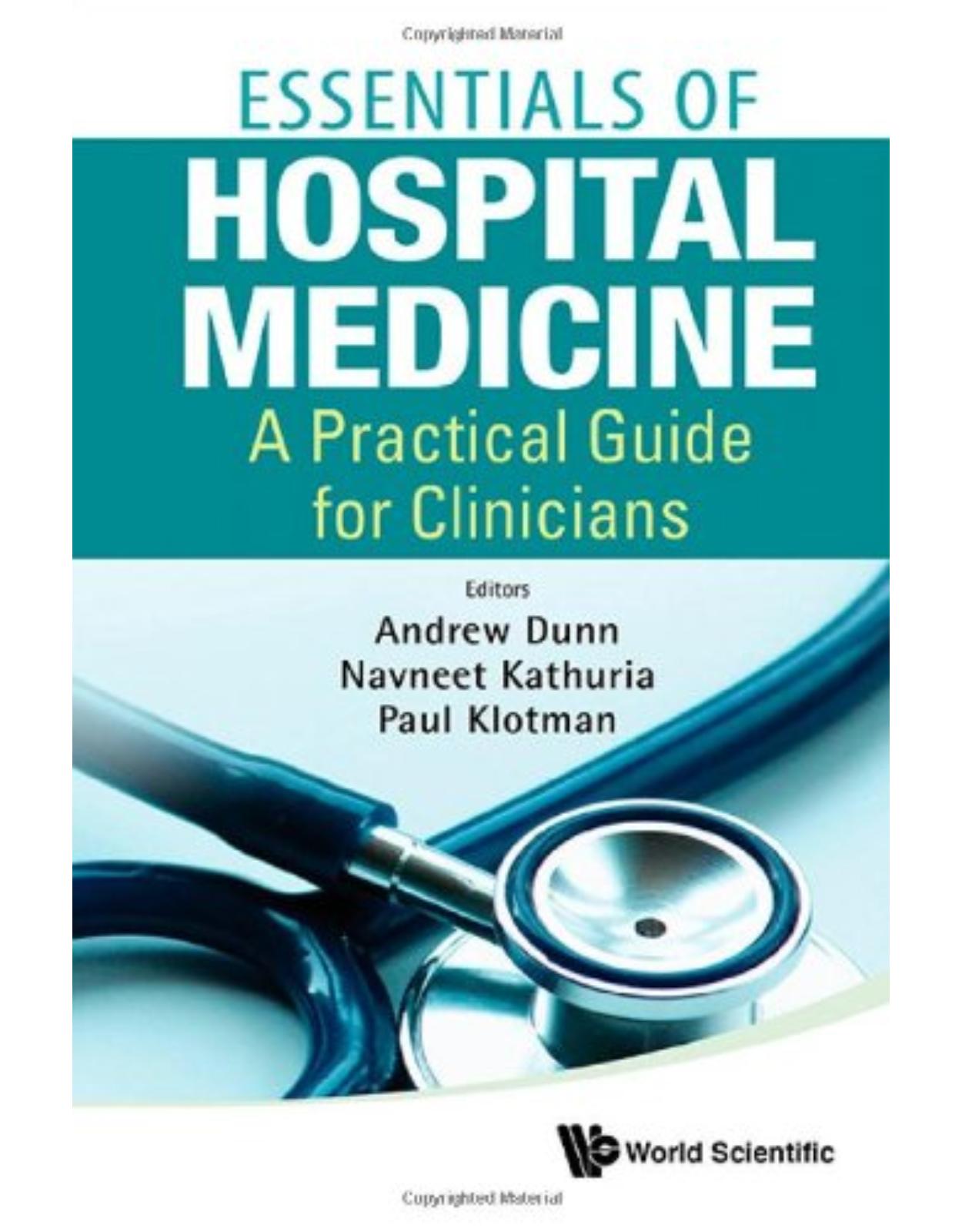
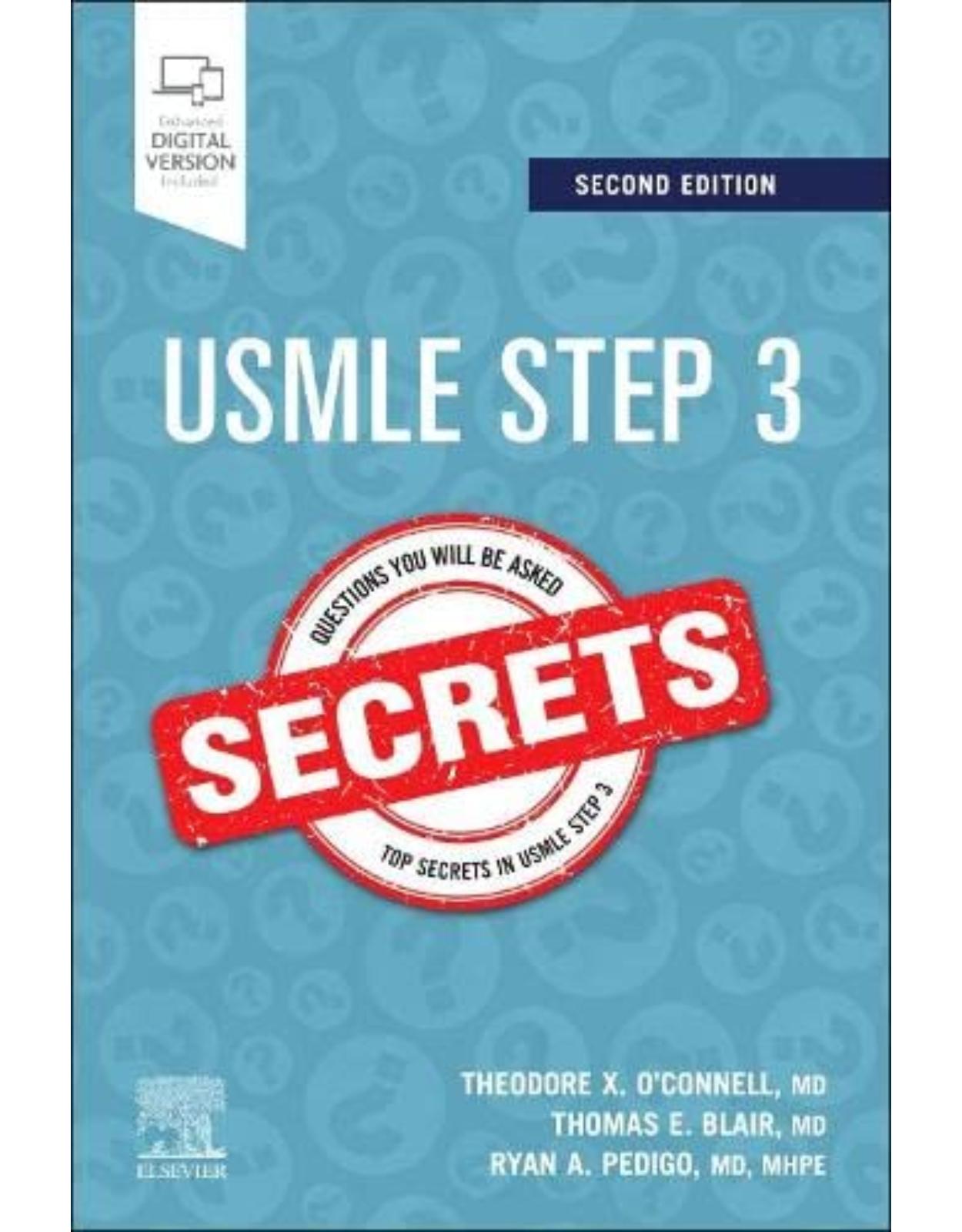
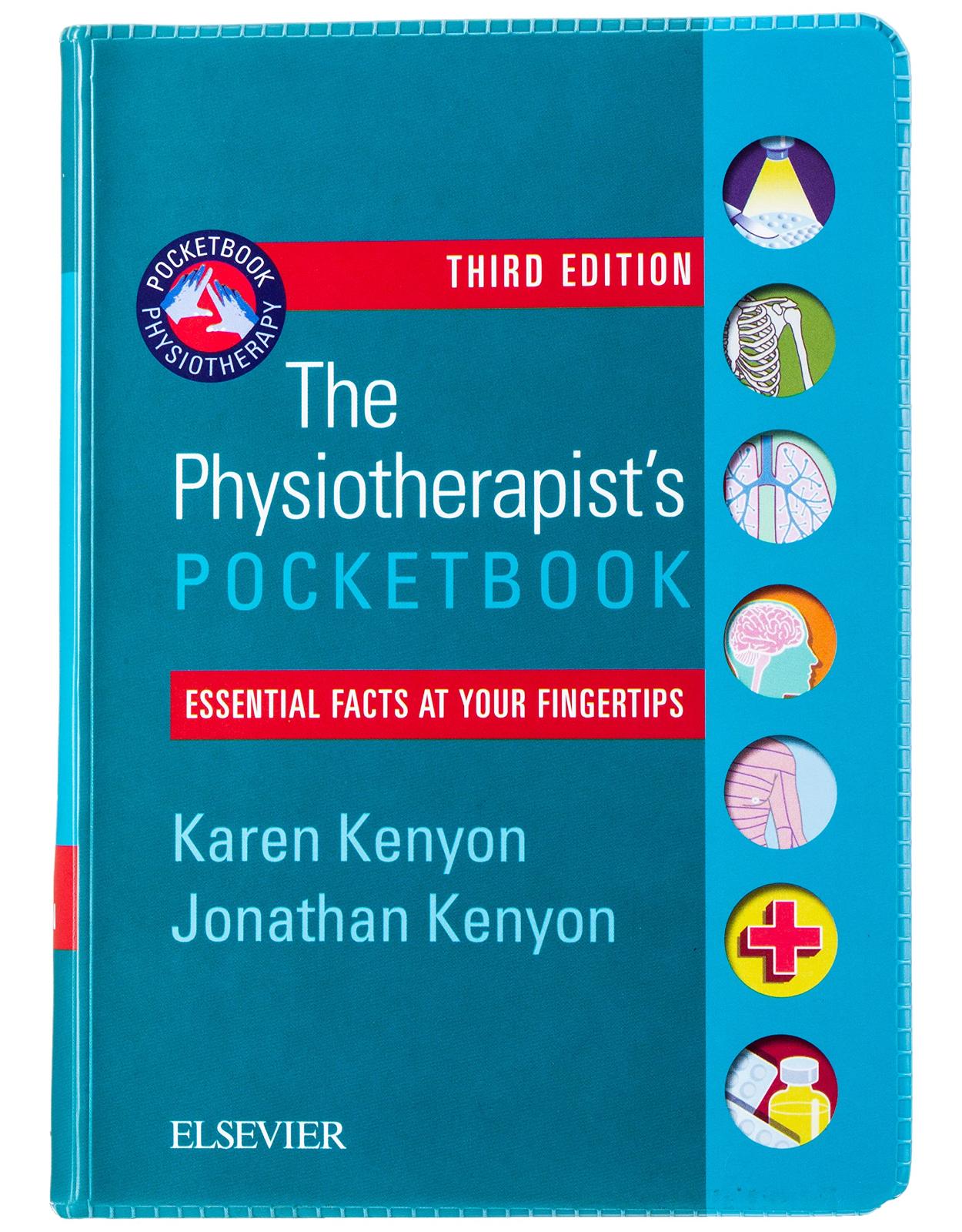
Clientii ebookshop.ro nu au adaugat inca opinii pentru acest produs. Fii primul care adauga o parere, folosind formularul de mai jos.